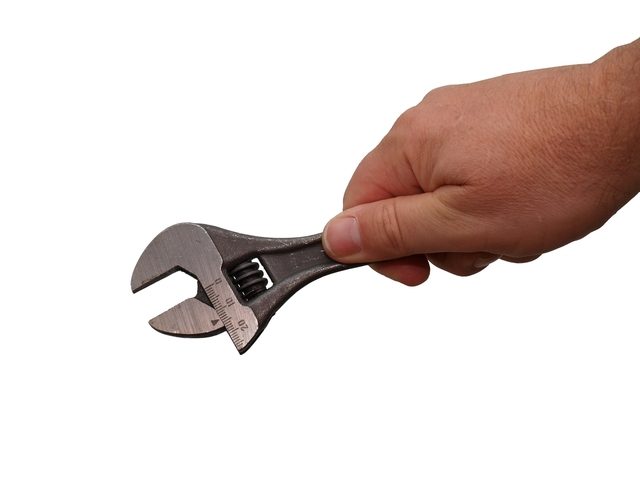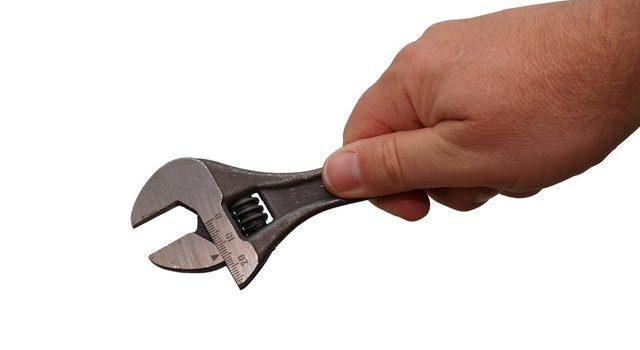
Why Adjust Credit Spreads (vertical spreads) before the trade actually takes place?
Because you will indeed sometimes need to pre-adjust conforming credit spreads candidates in order for a spread to meet all of your trade entry criteria if the underlying makes a significant move before you place your order.
Conservative income investors will frequently encounter this situation when selecting an option credit spread trade: the credit spread (vertical spread) candidate has met all the investor’s trade entry requirements, but changes in the underlying stock, ETF, or Index prior to actually placing the order finds the credit spread candidate that earlier met his requirements no longer conforms to his trade entry criteria.
Whether he has created his own trade entry criteria, or relies on “The Monthly Income Machine” (MIM) technique which is the basis for his weekly “Conforming Credit Spreads Service” reports, the investor’s desired trade has been stymied by price movement of the underlying causing his contemplated trade to no longer meet his entry rules.
This is why prior to entering his credit spread orders based on the weekly “Conformings” report, I vehemently urge our “Conforming Credit Spreads Service” subscribers to re-confirm that the planned trade still meets all the trade entry rules. And if they no longer do, he should not enter that specific trade, even though the report (which is based on Friday closing prices) identified it as a “conforming” trade.
However, even if a spread candidate that met all the entry rules at Friday’s close may no longer do so after trading resumes the following week, a trade listed in the “Conformings” report may not need to be abandoned from consideration.
Instead, the investor can adjust his selection of strike prices and may well find that in doing so the new credit spread candidate conforms perfectly to the entry rules! (We’ll list all of our recommended trade entry criteria used for “The Monthly Income Machine” later in this white paper).
How and what to adjust when underlying moves substantially before intended order is placed.
Depending upon the direction and intensity of the underlying move, the credit spread investor can simply test the next higher or lower pair of option strike prices of the underlying. This new, “pre-adjusted” credit spread, indeed may now conform to “The Monthly Income Machine” entry rules.
Let’s look at four examples where “conforming” is based on MIM trade entry rules, Friday closing prices of the underlying, and various option strike prices. (Note: conventional wisdom holds that the most important price of the day is the closing price, and similarly Fridays’s closing price for the week may also be considered a particularly significant price.
Bear Call Credit Spread | underlying rises significantly before entering our order
- XYZ stock closes Friday afternoon at 105.
- Assume the 125/130 option bear call spread indicates establishing the credit spread at the Friday’s closing option prices any time after the weekend would result in a net credit to the investor of $0.40.
- Assuming that this credit spread candidate not only met the trade entry criteria for strike price distance-from-the-underlying and net premium realized, but also for delta value and all the other MIM trade entry rules, the investor might decide to enter his order the following Monday.
- But let’s now assume that XYZ opens on Monday at 108, and minutes later is trading at 110.
- The good news is that the net premium the credit spread trade would produce will be considerably higher than the $0.40 at Friday’s close since the underlying is now closer to the options’ strike prices; the bad news is that because the distance-from-the-underlying has narrowed considerably the spread no longer meets the rigorous trade entry criteria of MIM.
- Thus the original conforming trade involving the 125/130 call spread with its $0.40 net premium no longer conforms and therefore should not be entered at these new prices under any circumstances.
- However, the investor should look at the next higher (130/135) call spread strike prices. It may well be that this pair of “adjusted” strike prices does meet the current distance-from-underlying, net premium, delta, etc. rules and therefore may be entered as a conforming credit spread candidate under the rules of MIM.
Bear Call Credit Spread | underlying falls significantly before entering our order
- Specifically, for an XYZ bear call spread that no longer conforms to the entry rules because XYZ opens down sharply after the weekend and now the listed strike prices of the report no longer offer sufficient net premium, we would check to see if the next lower pair of strikes met all of our entry rules for distance from underlying, net premium, etc.
Bull Put Credit Spread | underlying rises significantly before entering our order
- Again, let’s assume XYZ closed Friday afternoon at 105.
- The 85/80 bull put spread at that time indicated a net premium for the investor at those strike price premiums of $0.31 at Friday’s close, and thus conformed to our trade entry criteria.
- Let’s again assume XYZ on Monday is trading at 110. That would produce an even more favorable (greater) distance-from-the-underlying situation for the 85/80 put spread, but it is likely that we no longer are meeting our net premium requirement.
- A possible solution is to check the 90/85 strike prices to see if that spread would meet all of our trade entry rules.
Bull Put Credit Spread | underlying falls significantly before entering our order
- As we would expect, if a lower opening in the underlying turned our originally contemplated conforming Bull Put Credit Spread candidate into a non-conforming one because with the underlying at a new lower price, we might no longer have enough underlying distance from the option strike prices to be a conforming trade.
- In that situation, we would check to see if the next lower pair of strike prices (80/75) fit all of our trade entry criteria.
What Are The Data Criteria For A “Conforming” Credit , i.e. what needs to “conform?”
Under “The Monthly Income Machine” credit spread/Iron Condor strategy, as reflected in the optional “Conforming Credit Spreads Service” list of conforming spread candidates, all of the following item values must:
- conform to the MIM trade entry criteria
- be easily obtained at a SaferTrader’s options-friendly brokerage firm’s website.
“The Monthly Income Machine” provides specific values for each of these entry variables depending on whether the option credit spread underlying is a stock, an ETF, or an Index.
But the investor who is not using MIM should nevertheless develop his own “entry rule” values for the following trade entry criteria in his selection of credit spread trade candidates.
- Minimum distance of the spread’s short option strike price from the price of the underlying.
- Minimum acceptable net premium to be collected up front (premium received on short strike price option minus premium paid for long strike price option).
- Maximum delta: delta is one of the option “Greeks.” It provides an estimate of current volatility and includes a consideration of implied value.
- Maximum interval between the two strike prices of the credit spread. This is important since as the interval widens, the net premium collected increases, but so does the risk in the trade.
- Maximum amount of time until option expiration.
- Must not be an earnings report due before option expiration (pertains to stock-underlyings only).
The Bottom Line
You can adjust credit spreads – “pre-adjust” them – when your previously selected pair of strike prices no longer meet your trade entry requirements because of a significant price move in the underlying.
Proper use of the “Conforming Credit Spread Service” reports includes the absolute need for a credit spread candidate listed as “conforming” on the report to be re-confirmed as to all the trade entry rules before placing an order.
When that re-confirmation step reveals that the spread candidate no longer conforms to the trade entry setup rules – because of movement in the underlying – the trade may still be a viable one if the investor can confirm that adjusting the selection to a higher or lower pair of strike prices does result in a fully conforming spread candidate.


